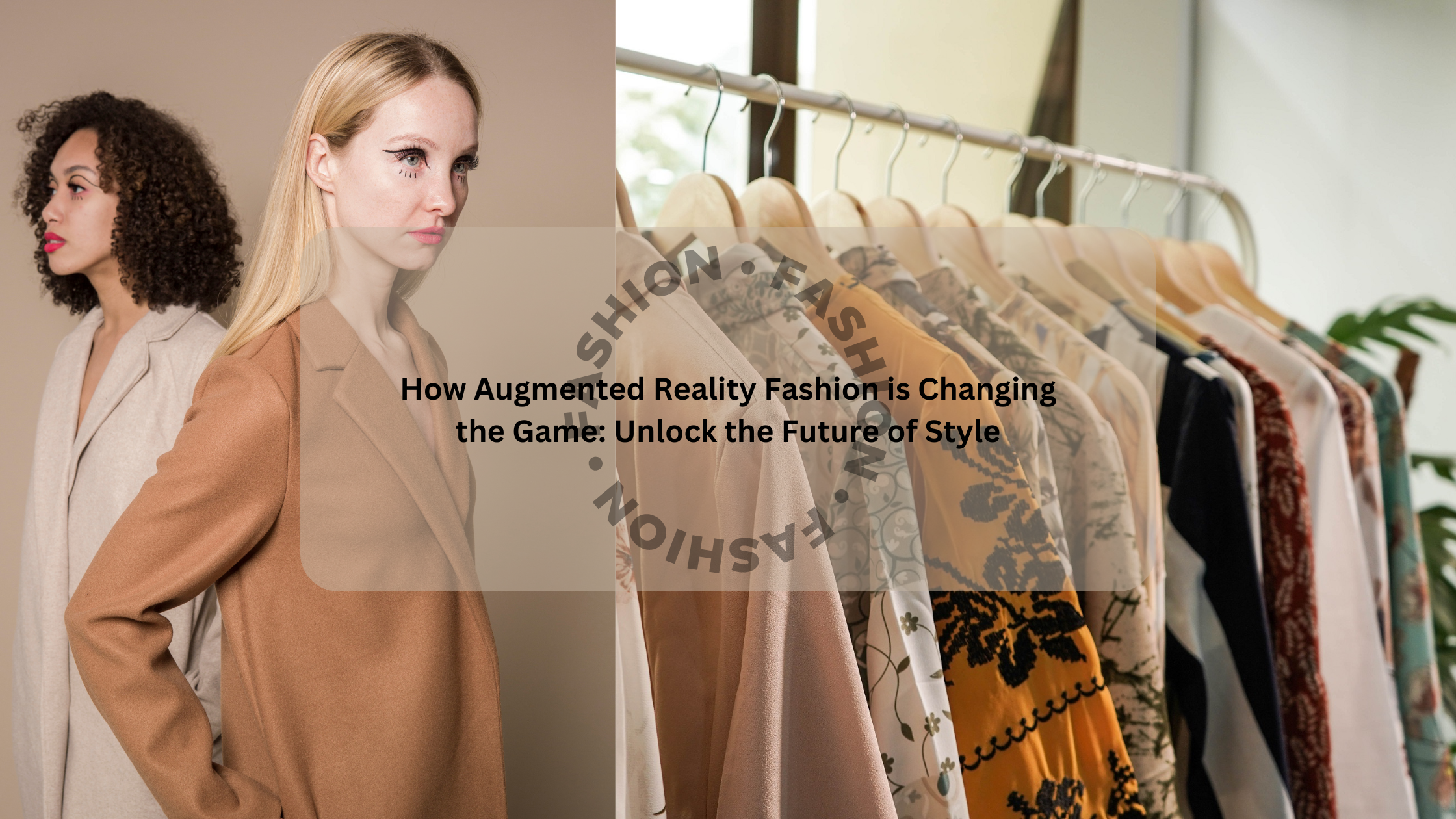Introduction
Augmented Reality Fashion is Changing the Trends. Augmented Reality (AR) has transformed various industries, and fashion is no exception. With the integration of AR, the fashion industry is experiencing a revolution in how consumers interact with brands, try on clothes, and make purchasing decisions. This article explores how AR is changing the fashion game, highlighting its benefits, challenges, and future potential.
1. Virtual Try-Ons How Augmented Reality Fashion is Changing Game
One of the most significant impacts of Augmented Reality in fashion is the introduction of virtual try-ons. This technology allows consumers to see how clothes, accessories, and even makeup will look on them without physically trying them on. Using a smartphone or AR glasses, shoppers can overlay digital images of products onto their bodies in real time. Brands like Zara, Sephora, and Warby Parker have already implemented AR try-on features, enhancing the shopping experience and reducing the need for physical fitting rooms.
2. Enhanced Shopping Experience How Augmented Reality Fashion is Changing the Game
AR Augmented Reality Fashion enhances the shopping experience by providing immersive and interactive elements. In-store AR mirrors can display different outfits on a customer, while online platforms can offer virtual showrooms and interactive catalogs. These features help customers make informed decisions, leading to higher satisfaction and lower return rates. Retailers can also create engaging marketing campaigns, such as virtual fashion shows and AR-based advertisements, to attract and retain customers.
3. Personalized Fashion And How AR Fashion Is Changing the Game
AR Augmented Reality Fashion enables personalized fashion experiences by collecting data on individual preferences and body measurements. This data allows brands to recommend tailored products that fit perfectly and match the customer’s style. Personalized AR experiences can increase customer loyalty and drive sales, as consumers are more likely to purchase items that feel uniquely suited to them. Additionally, AR can assist designers in creating custom pieces by visualizing and modifying designs in real time.
4. Sustainability And How AR Fashion Is Changing the Game
Sustainability is a growing concern in the fashion industry, and AR can contributehttps://en.wikipedia.org/wiki/Main_Page to more eco-friendly practices. By reducing the need for physical samples and prototypes, AR minimizes waste and conserves resources. Virtual try-ons also decrease the volume of returns, which often end up in landfills. Furthermore, AR can promote sustainable fashion choices by allowing consumers to visualize the environmental impact of their purchases and explore eco-friendly alternatives.

5. Accessibility and Inclusivity And How AR Fashion Is Changing The Game
AR has the potential to make fashion more accessible and inclusive. Virtual try-ons can cater to people with disabilities or those who have difficulty accessing physical stores. AR can also help brands offer a wider range of sizes and styles, as digital garments can be easily adjusted to fit different body types. This inclusivity can expand a brand’s customer base and foster a more diverse fashion community.
6. Challenges and Limitations And How AR Fashion Is Changing The Game
Despite its many benefits, Augmented Reality in fashion faces several challenges. High development costs and the need for advanced technology infrastructure can be barriers for smaller brands. Ensuring accurate and realistic virtual try-ons requires sophisticated algorithms and high-quality imagery. Privacy concerns also arise, as AR applications often collect and store personal data. Brands must address these issues to fully harness the potential of AR in fashion.
7. Future Prospects And How AR Fashion Is Changing The Game
The future of Augmented Reality in fashion looks promising, with continuous advancements in technology and increasing consumer adoption. As AR becomes more mainstream, it will likely integrate seamlessly with other technologies, such as artificial intelligence and block-chain, to offer even more innovative solutions. The fashion industry can expect further improvements in virtual try-on accuracy, personalized shopping experiences, and sustainable practices.
Conclusion
Augmented Reality is undoubtedly changing the fashion game, offering a plethora of benefits to both consumers and brands. From virtual try-ons and personalized fashion to sustainability and inclusivity, AR is revolutionizing the way we shop, design, and experience fashion. While challenges remain, the future of Augmented Reality in fashion is bright, promising a more immersive, efficient, and inclusive industry.
Also Read: Augmented Reality in Agriculture: Benefits & Challenges in 2024

